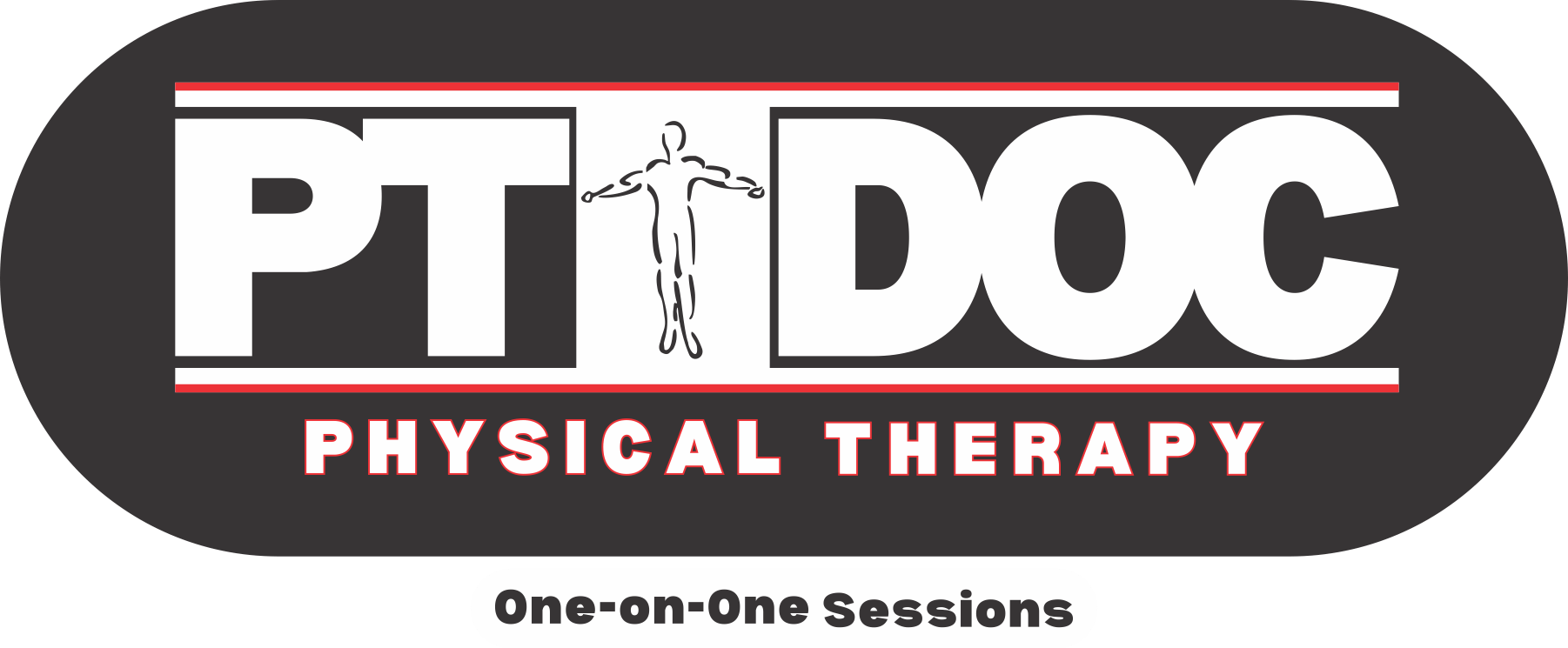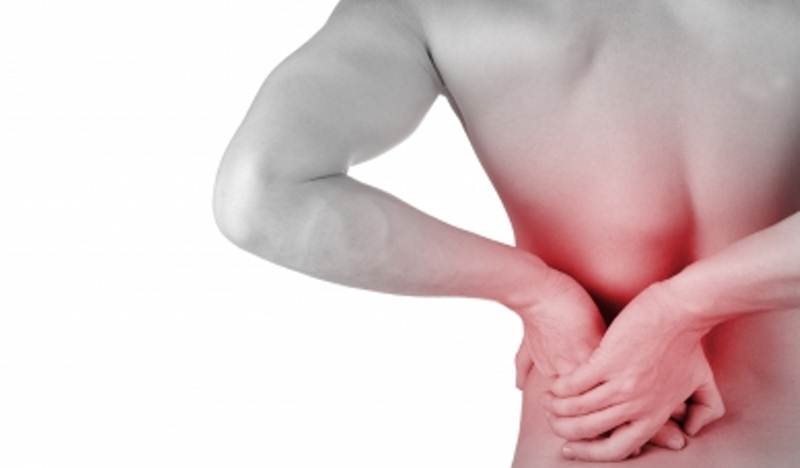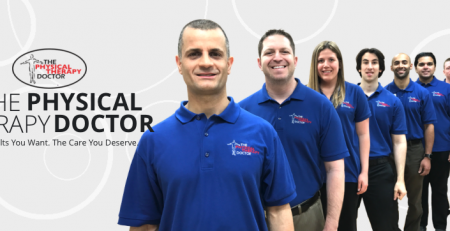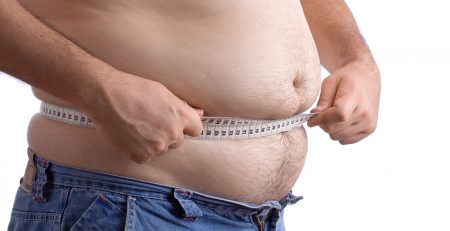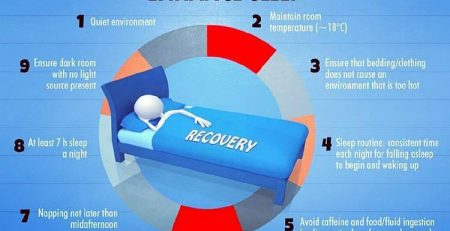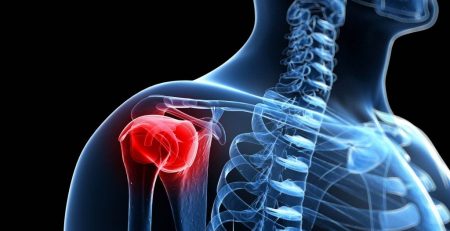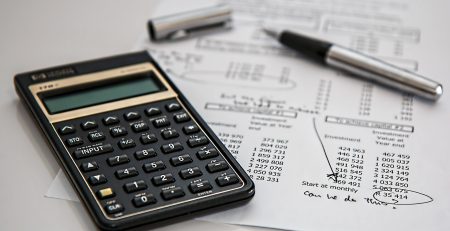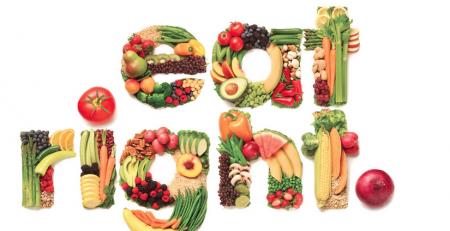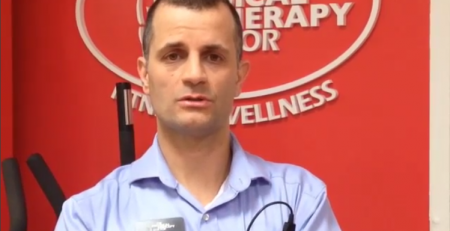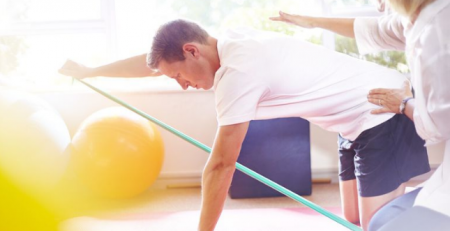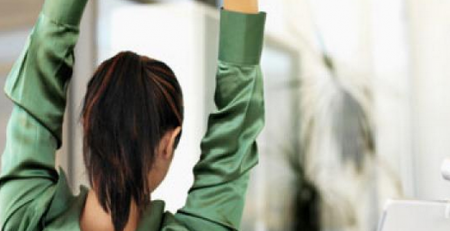7 Reasons Your Back Hurts
Some causes of back pain are obvious: You bent the wrong way when picking up your toddler, or spent the entire day playing football…for the first time in two decades. But many causes of spinal agony aren’t so clear. That’s a big problem, considering that within the past three months, nearly 30 percent of American adults reported at least one bout of back pain lasting one day or more. If your back’s bothering you and you can’t figure out why, check out these unusual or unexpected culprits.
1. The position of your pelvis
One of the primary causes of low back pain is a pelvis that’s out of alignment, said neurophysiologist and fitness expertChad Waterbury, author of the HFT2 training system. “The pelvic girdle consists of three bones that can shift depending on which muscles are weak or stiff,” Waterbury told Yahoo Health. “In most people, the left side of the pelvis is rotated to the right.” This pulls on the muscles of the low back, causing pain and stiffness.
2. Weak ab muscles
Your core muscles are supposed to work together like a team to lift and carry heavy things. But many people have weak abdominal muscles, meaning the other members of the team—namely, your lower back muscles—have to pick up the slack. This can cause fatigue and pain in the lower back, and may eventually lead to injury. “Core strength is very important to prevent back pain,” said corrective exercise specialist Ryan Krane, creator of the online course Get My Back Better, told Yahoo Health. “If your abs and lower back are strong, you can handle lifting heavier loads and bending and twisting is less likely to cause a twinge, pop, or injury.”
3. Aortic aneurysm
An aortic aneurysm is a ballooning in a portion of the aorta, the main artery running from the heart through the abdomen. A rapidly expanding aneurysm can push on the structures that surround and protect the spinal cord, causing pain, said Andrew Friedman, MD, medical director of physical medicine and rehabilitation at Virginia Mason Spine Clinic in Seattle.The condition usually causes pain that develops over a few days or weeks, Friedman told Yahoo Health, but it can also come on suddenly. Most people will feel pain either between the shoulder blades or from the belly button going straight back, depending on the location of the aneurysm, Friedman said. People with peripheral vascular disease and a history of smoking are especially at risk. Not all aortic aneurysms are emergencies, but head to the emergency room if you experience a ripping sensation or very severe pain between the shoulder blades along with a rapid heart rate. Also consider emergency care if your pain keeps getting worse and isn’t relieved by rest—especially if you have swelling, numbness, or pale skin in one or both legs.
4. Infection in the discs of the spine
Last year, Danish scientists made a surprising discovery that could explain and treat low back discomfort in many people. Doctors had noticed that MRI scans of people with back pain often showed abnormal stripes on the spine structures, called Modic changes. “We see them commonly and we always thought the explanation was some swelling in bone that was part of the degenerative process,” Friedman said. Experts also suspected that these changes were somehow related to back pain. “In the general population, about 5 to 6 percent of people have Modic changes, but about 30 to 40 percent of people with low back pain have them.” In their first study, the Danish researchers took samples of disc material from people undergoing herniated disc surgery. The scientists grew cultures and found that nearly half of patients had infections in the spinal material. In a second study, 162 patients with Modic changes and chronic back pain took either antibiotics or a placebo for 100 days. The antibiotics significantly relieved soreness by the end of the treatment and one year after the study. “If this can be replicated, it may be a paradigm shift in a subset of back pain,” Friedman said. Since the study findings are still new, don’t rush to antibiotic treatment if you’ve been diagnosed with Modic changes, he cautioned. Instead, see a spine specialist, who may consult an infectious disease doctor to determine the best treatment for you.
5. Repetitive yard work
You know that tossing a shovelful of snow the wrong way can tweak your back, causing a spasm or strain. But regular yard work—even without a telltale tweak or twinge—can also make your back ache later on. Why? You tend to use the same posture every single time you rake, sweep, or shovel, said Ron Besch, dean of clinics at Palmer College of Chiropracticin Davenport, Iowa. “You need to switch that up, otherwise the muscles are going to be doing the same activity over and over,” Besch told Yahoo Health. “If you do that for three or four hours, it’s like running a marathon for those muscles.” Switch sides and take a break every 30 minutes, Besch suggested. Shoveling snow is especially hard on your back, Besch added. Throwing snow is a ballistic activity, he explained, which puts 10 times the force on your low back. “So if you’re lifting 10 pounds of snow, that’s 100 pounds of pressure on your low back—even more if you’re using a big shovel with a long handle,” he said, recommending that people use an ergonomic shovel (the kind with a curve in the handle). And instead of scooping and throwing snow, think of pushing it and tipping it to the side.
6. Sitting too long
A lumbar disc contains a jelly-like center called the nucleus pulposus. “By moving around in different directions, the vertebrae surrounding the disk separate and compress, creating a pump-type system that pulls fluid in and out of the disc,” Besch explained. But if you constantly compress your spine—as you do when sitting at your desk for hours on end—the fluid is pushed out, but not pumped back in. As a result, the spine becomes less elastic and more prone to injury. The remedy? Every 30 minutes stand up to rotate your torso and stretch your spine in different directions.
7. Tight hamstrings
If you sit all day, your hamstrings (the muscles on the back of your thighs) are probably tight. “That puts unnecessary pressure on your low back muscles to compensate,” said Krane. “As a result of the tightness, the low back has to pick up the slack in bending and rotating. But the low back is not really meant to have that big of a job, and as a result it experiences overuse and fatigue.” Over time that can lead to discomfort and injury.
Fortunately, the solution is simple: stretch. Stretching all of the muscles that connect into the low back, including your butt, hip, and torso muscles, can take a significant amount of pressure off of the back.
